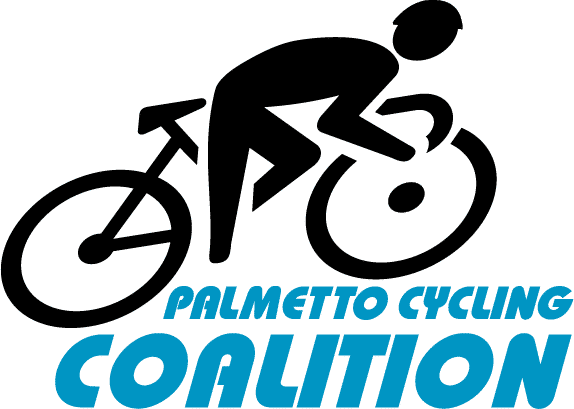Farrow Road Shows Need for Better Public Input Opportunities.
July 9, 2018
The recent Farrow Road resurfacing project created a quick response to a rushed resurfacing project, stemming initially from the opportunity to utilize SC Department of Transportation (SCDOT) resurfacing dollars. Another story of state significance resides here in the incomplete public input process, both from the city and the state.

City of Columbia conducted public input meetings for the Walk Bike Columbia Plan, which was an approved network for pedestrian and bike access, planning, and design. That plan was only a plan, and it received initial public input for its networks and the entirety of the plan – NOT for specific projects.

When the SCDOT compiled their resurfacing list, utilizing a pot of money at SCDOT that exceeds $400Million each year, they gave City of Columbia 6 months notice about Farrow Road getting resurfaced. For comparison, Georgia and North Carolina DOTs give 2-3 years notice to local municipalities, before resurfacing projects will be seen on the ground.
Since 2016, the SC Livable Communities Alliance (SCLCA) has been asking Secretary Hall of SCDOT for a 3 year repaving list. She indicated the potential for increasing the repaving list notice to municipalities from 1 to 2 years, but SCDOT remains today at a 1 year repaving schedule, with no plan to increase it.
For background, Farrow Road is a complex, proposed project, but the main aim is to improve safety, by:
- Providing a Road Buffet, or Road Diet, which enhances the safety for more road users
- Providing a center Two Way Turn Lane (TWTL), which will
- Enhance all modes (people driving, walking, and bicycling), by quarantining left turns into one dedicated lane, away from through traffic, reducing crashes on average 19-47%, according to the Federal Highway Administration (FHWA).
- Enhance pedestrian safety, by providing space for pedestrian crossing islands, which FHWA says reduce pedestrian crashes by 56%. For reference, Assembly Street’s similar but different raised medians are projected by FHWA to reduce pedestrian crashes by 46%.
- Remove one of the two problematic left lanes, freeing up at least 10 feet to:
- Add bike lanes, or dedicated space for people bicycling, enhancing their safety
- Provide buffer for sidewalks, enhancing safety of people walking
The unfortunate result of this 6 months notice from SCDOT was an inadequate public input process conducted by City of Columbia. Had the public input process been sufficiently longer, the public may have had the opportunity to more fully understand the proposed, discuss alternatives, compile neighborhood general opinion, and then make necessary changes to the project in tandem (not in opposition) with City of Columbia and SCDOT. It can also be argued that City of Columbia did not take properly utilize the 6 months afforded to it, to contact directly the neighborhoods adjacent to Farrow Road. However, 3 years is the standard, since for comparison Myrtle Beach took 3 years to get agreement from adjacent businesses for Ocean Boulevard’s 4 to 3 lane road conversion. Myrtle Beach accomplished this, because Ocean Boulevard is a city owned street, so they did not depend on state resurfacing funds.
The South Carolina Livable Communities Alliance (SCLCA) is currently working to advance a Multimodal policy initiative with SCDOT to improve on South Carolina’s state road safety problem, specifically for its most vulnerable road users: people walking and bicycling.
Learn more about SCLCA by checking out our website, Facebook, Twitter, and Instagram!
